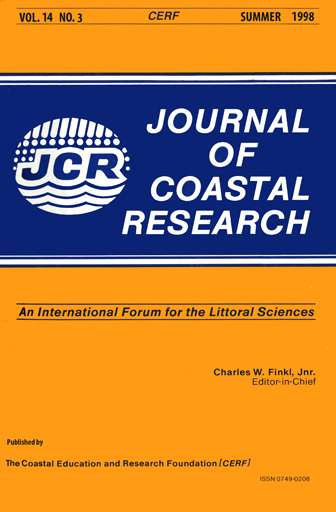Shoreline Displacement and Vegetation History on Island Naissaar, Baltic Sea
Keywords:
Shoreline displacement, pollen and diatom analysis, Baltic SeaAbstract
A comprehensive study of peat and lacustrine sediments from Bletkӓrri Mire (Naissaar Island, Estonia) was performed using pollen, diatom and 14C analyses. Naissaar Island is situated in the Gulf of Finland (about 10 km north from Tallinn) on the North-Estonian coastal plain. The objectives of this study were to determine the time of the isolation of the lagoon from the Baltic Sea, establish the developmental history of the island and to reconstruct the vegetational dynamics under natural conditions as well as under human impact during the last millennium. Due to the land uplift, prior shore lines can be observed up to a height of about 26 m a.s.l Organogenic deposits started to form in a small lagoon isolated from the Baltic Sea about 5,000 BP. Calculations show that emergence of the island started 7,500 - 7,700 BP during early Litorina Sea stage and areas lower than 15 m a.s.l. formed during the Limnea Sea stage. This is in good accordance with data from Hiiumaa Island and NW Estonia.


